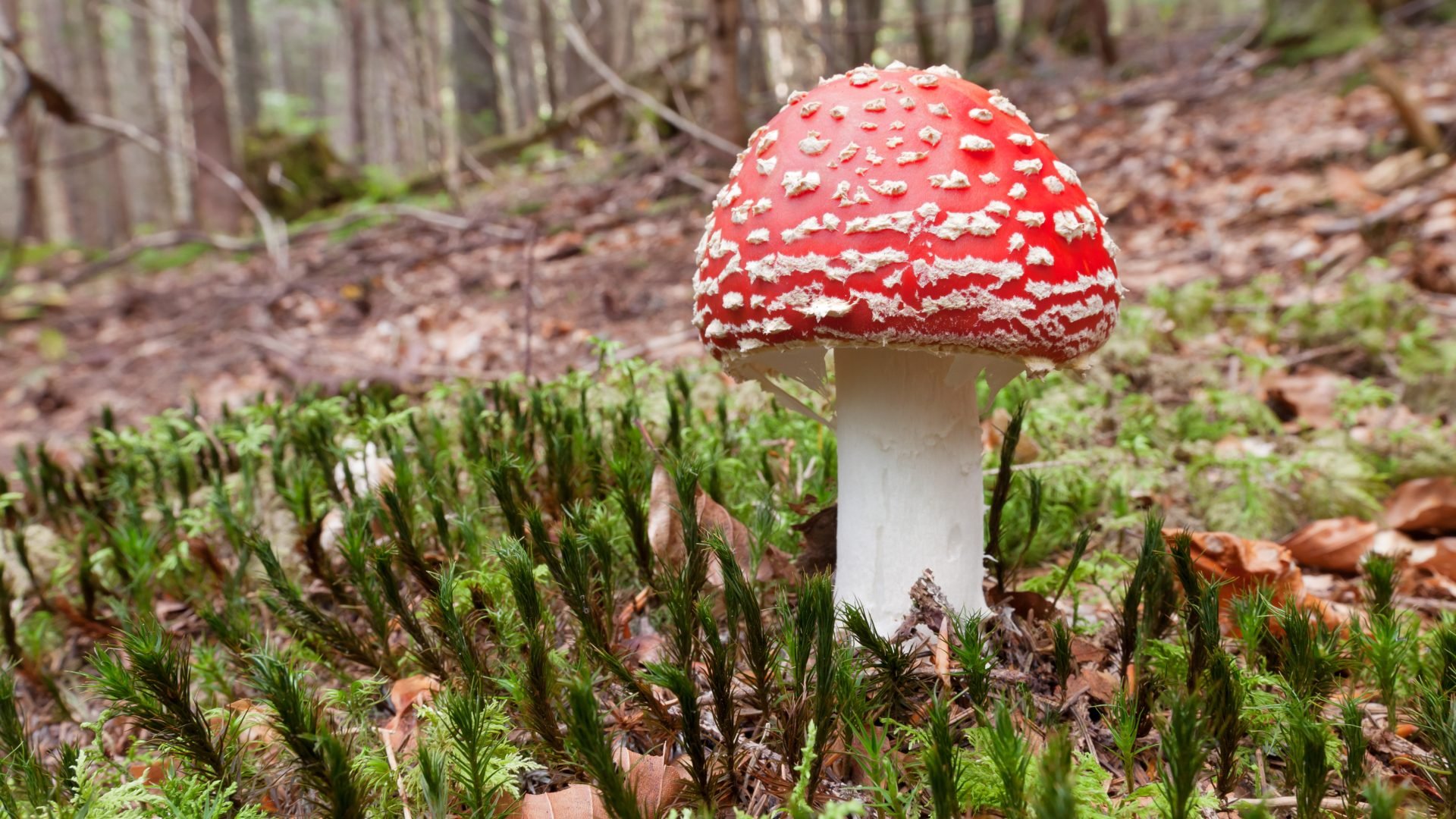


Experts are warning people not to rely on AI apps to help them identify poisonous mushrooms. A study discovered that these AI apps are only accurate around 50% of the time, giving foragers who use them a 50/50 chance of dicing with death.
The report from Public Citizen came about after increases in Google searches for mushroom identify apps have spiked in recent years. According to the report, there are 75 mushrooms and fungi in North America that are known to be deadly or toxic. A further 36 are suspected of being poisonous, and 40 more are only edible if cooked thoroughly.
It’s complicated
Director of Public Citizen Rick Claypool notes that edible mushroom identification is a complicated process. It usually requires far more than a simple photograph, and expert knowledge acquired over years of experience is essential.
“Experienced local foragers know there is no substitution for finding, seeing, smelling, touching, and, sometimes, tasting wild mushrooms where and when they appear,” Claypool writes in the report. “Local knowledge is vital, as different species are found in different parts of the country.”
Claypool says that a photo of the top side of the mushroom is likely not enough information to be able to confidently identify a mushroom. The underside of the cap, the size and width, the stem and base of the stem are all important information.
Even experts can make mistakes
“Edible mushrooms can easily be confused even by experienced collectors as there are poisonous ones which look almost identical. Chemical tests are often needed to finally determine each species,” agrees independent botanist Felicity Woodhead. “Just a visual examination does not suffice,” she adds.
Additionally, where the mushroom is found is also crucial. If it is growing on wood, then foragers should also take note of the type of wood that it is growing on, as that can also affect the identification.
And mistakes do happen. Between 1999 and 2016, 133,000 reports of mushroom poisoning were reported. Of these, 704 resulted in major illness and 52 in death. Just last year, Australia was shocked by the deaths of three family members after unwittingly eating a lunch of death cap mushrooms.
According to the report, the majority of mushroom poisonings are attributed to the death cap mushroom, which is almost indistinguishable from other edible varieties of the same sub-species.
AI image generators


The report also noted problems with AI image generators being confusing for new foragers by creating images of non-existent species. He also mentioned an issue with Google’s AI search, which allegedly gave instructions on how to cook the deadly Amanita ocreata mushroom, commonly known as ‘the angel of death.’
The report also warns against AI-generated books, many of which are published online on Amazon. According to Claypool, many of these contained inaccurate and potentially lethal information. “Please only buy books of known authors and foragers, it can literally mean life or death,” said the New York Mycological Society in a post on X.
If you’re into mushroom foraging, the advice is most definitely to go with a local expert and not trust any AI apps or photo identification software. Otherwise, you may end up with something toxic.
You know the saying: every mushroom is edible…once.
[via gizmodo]







